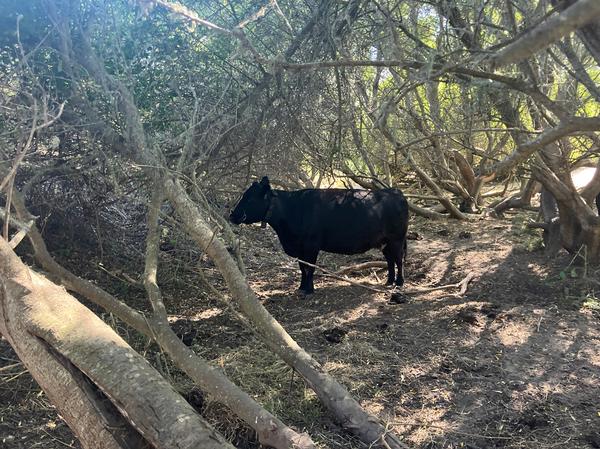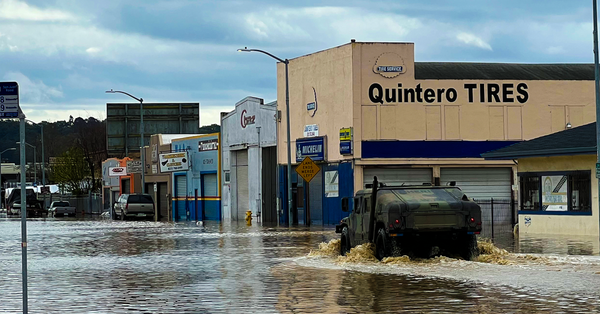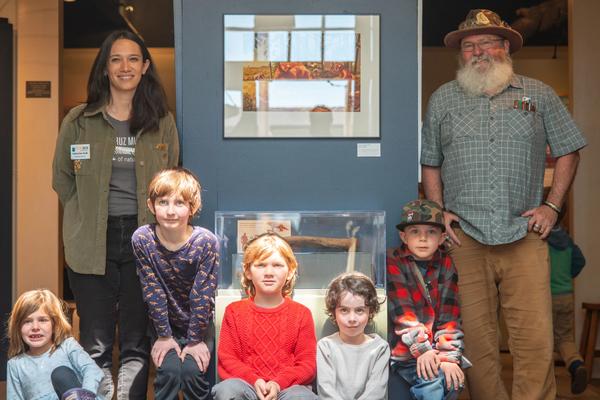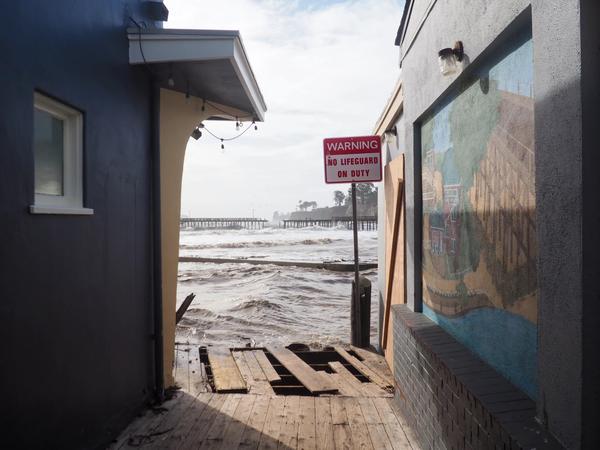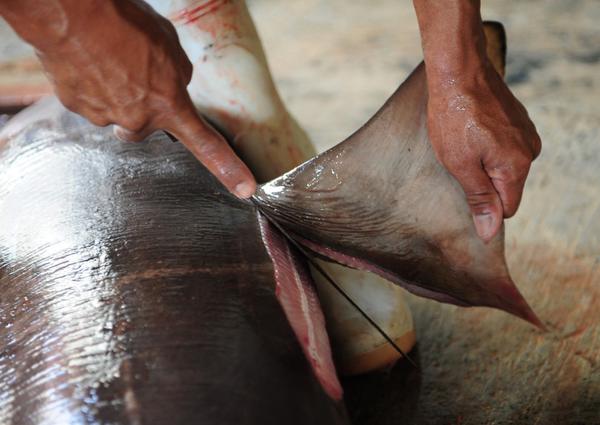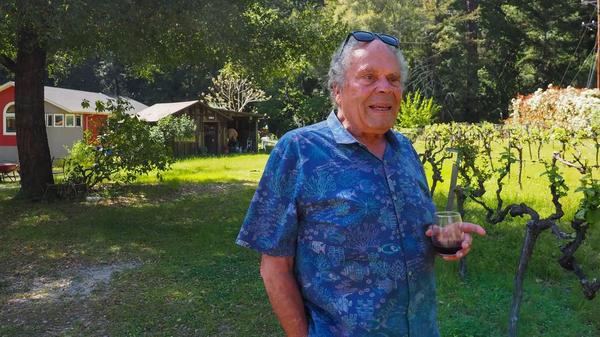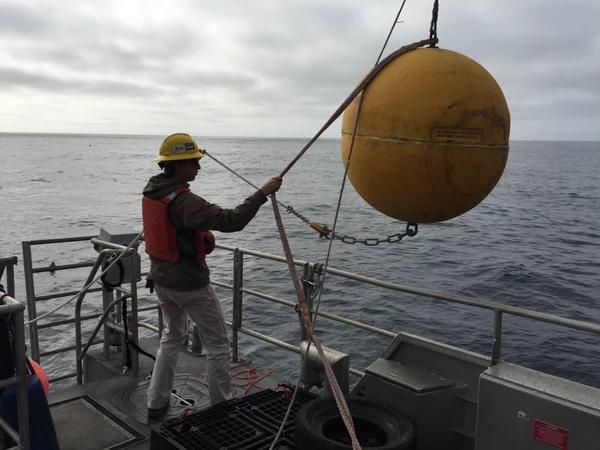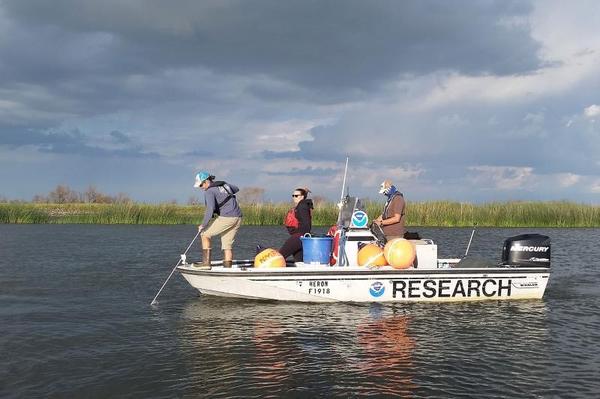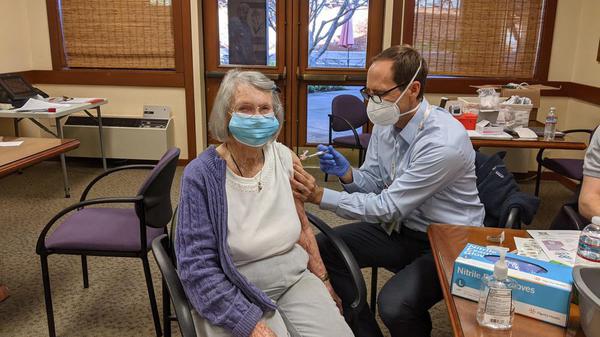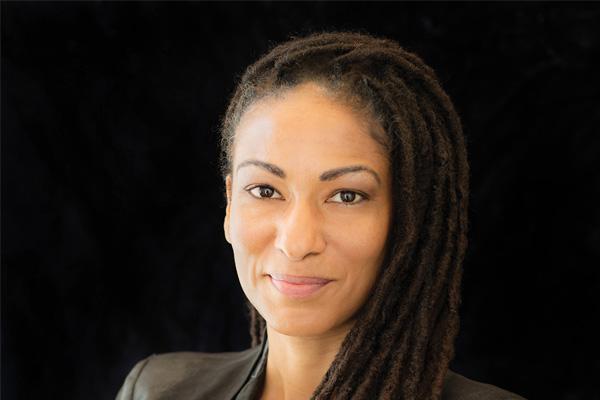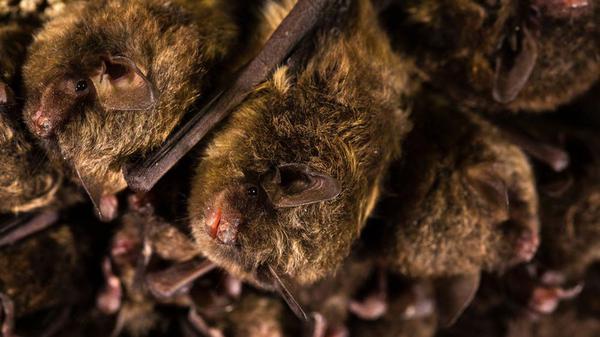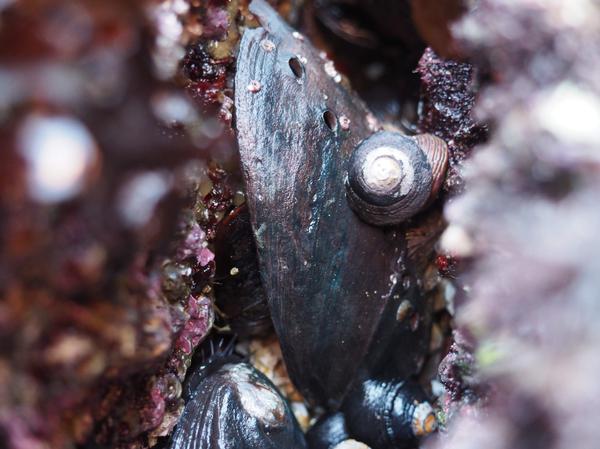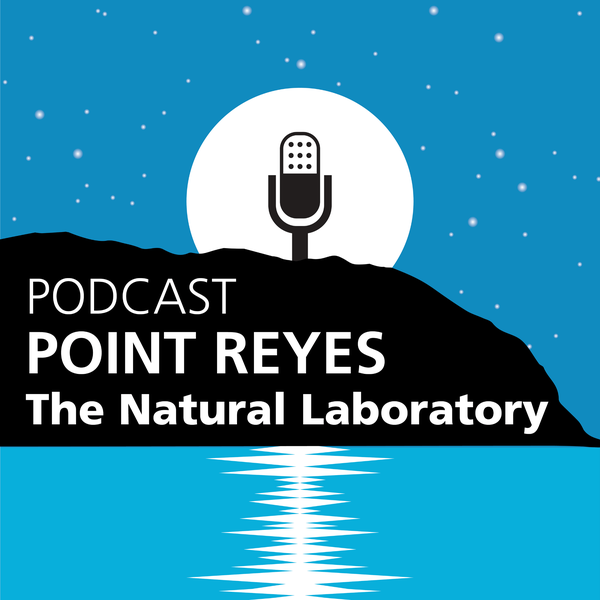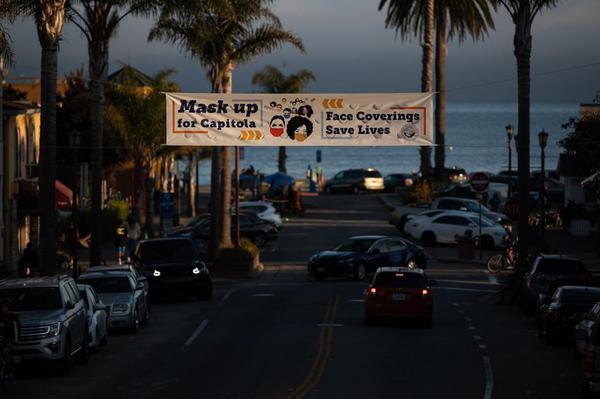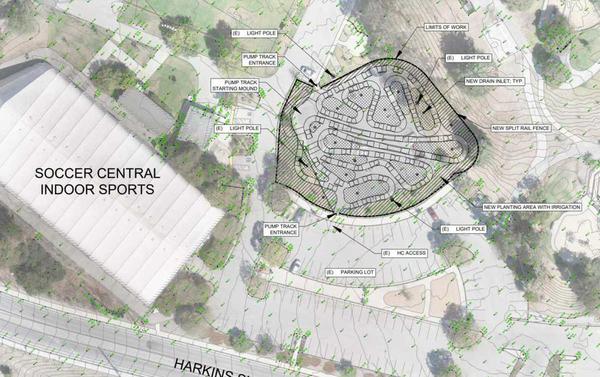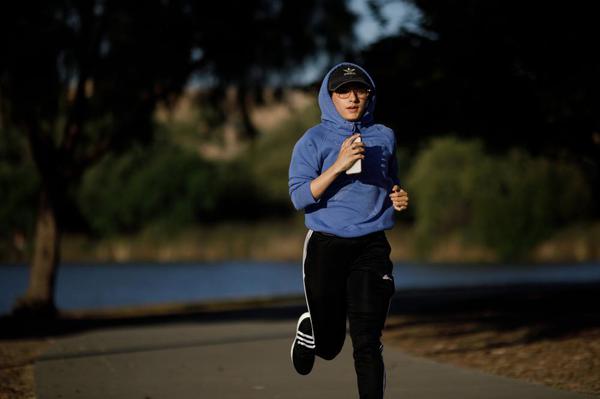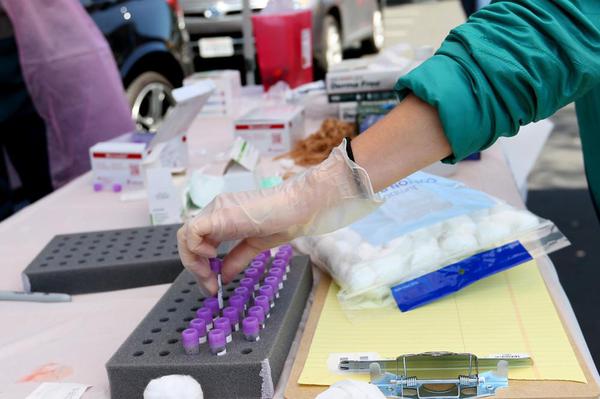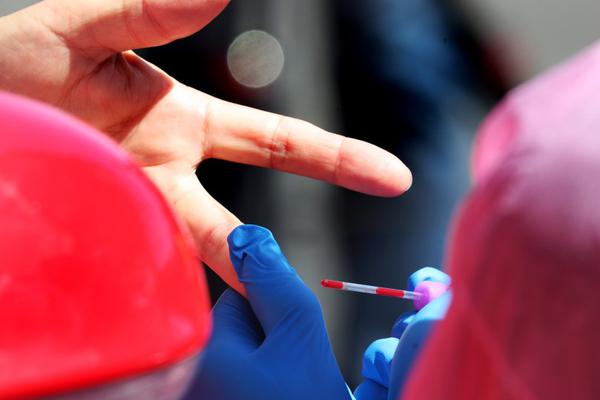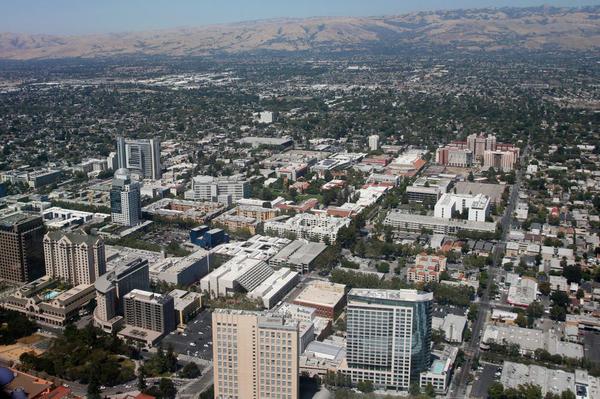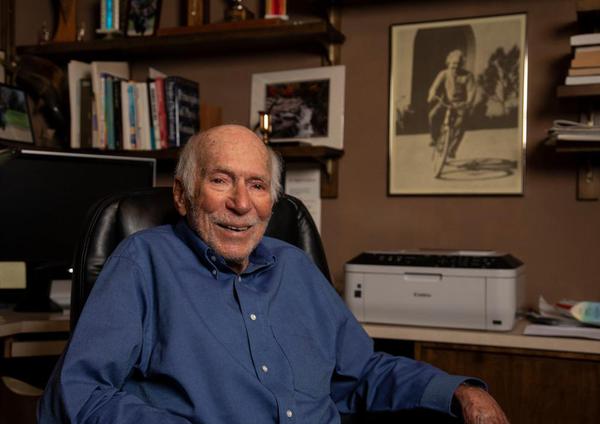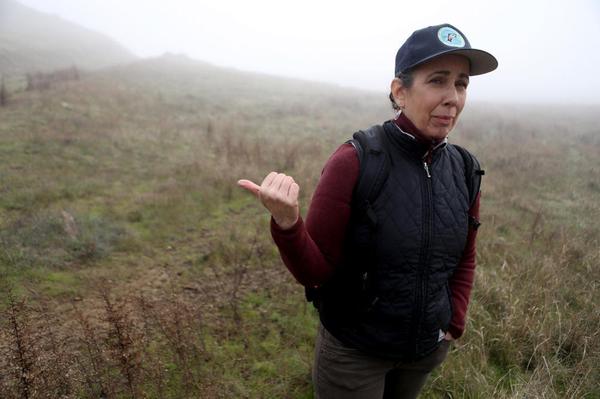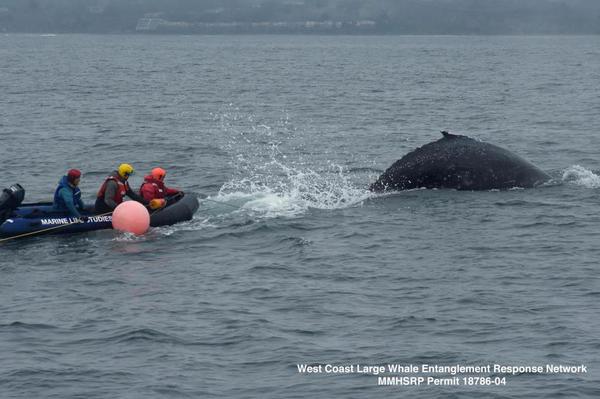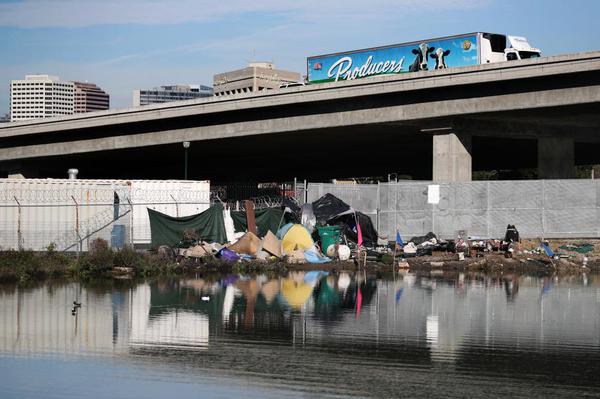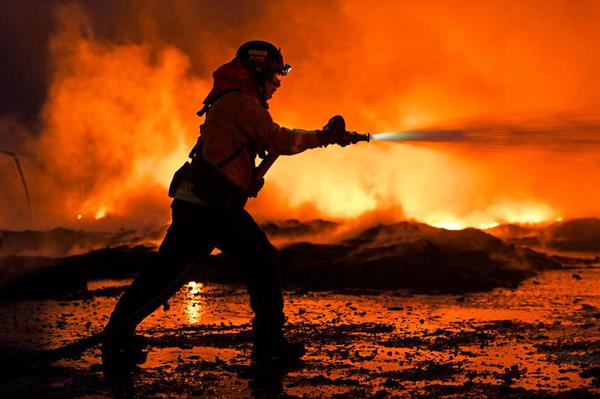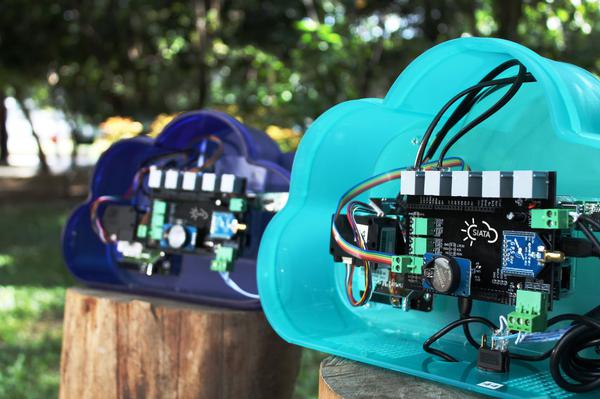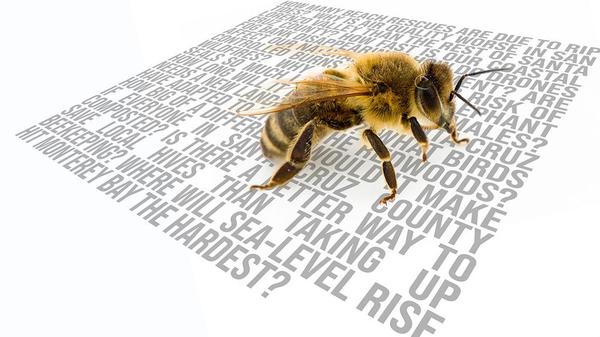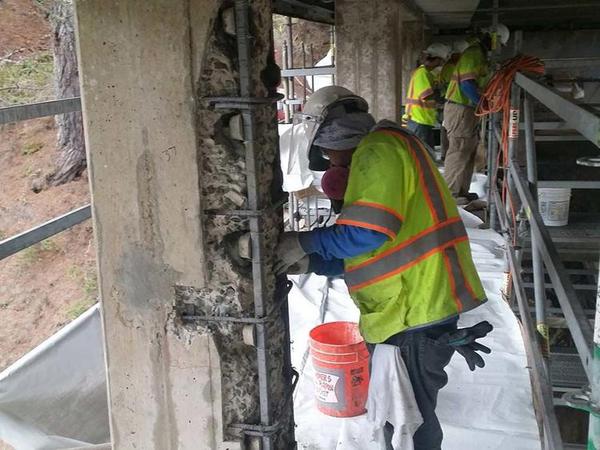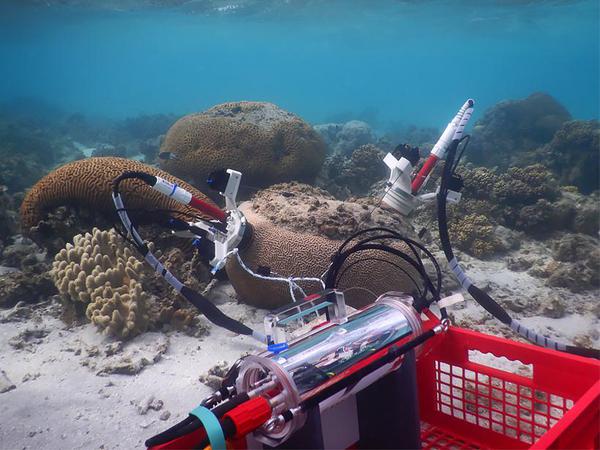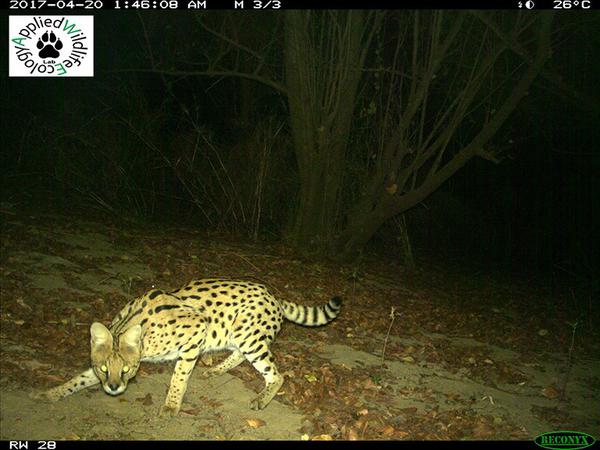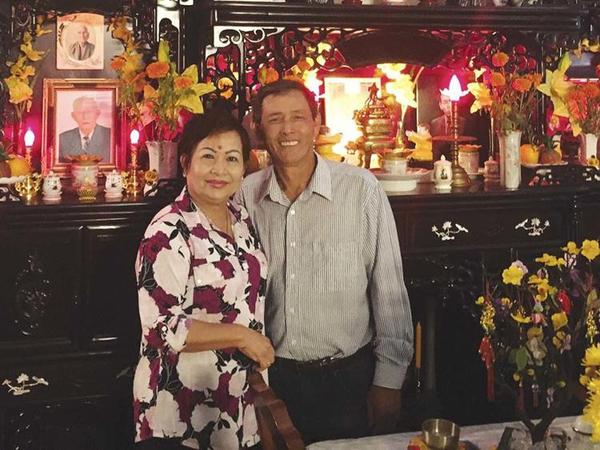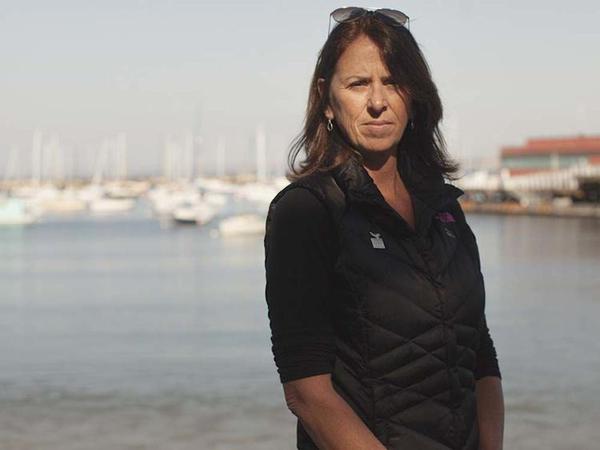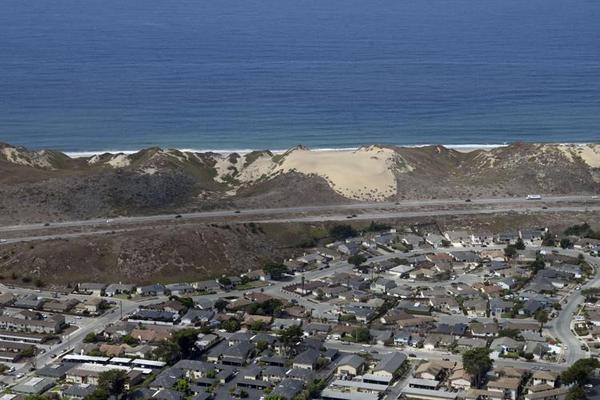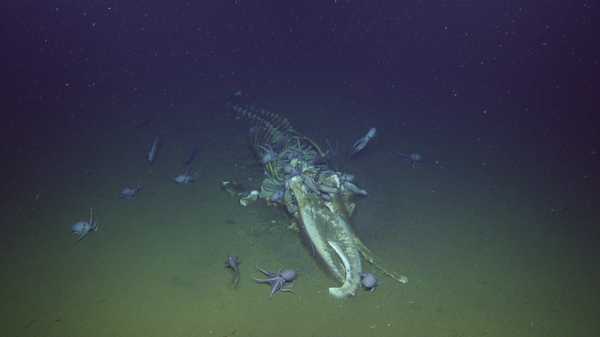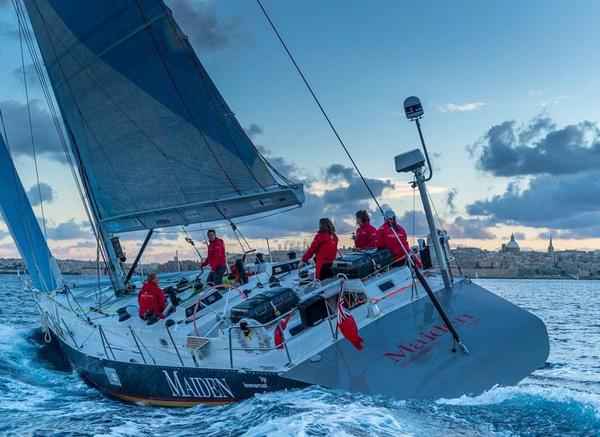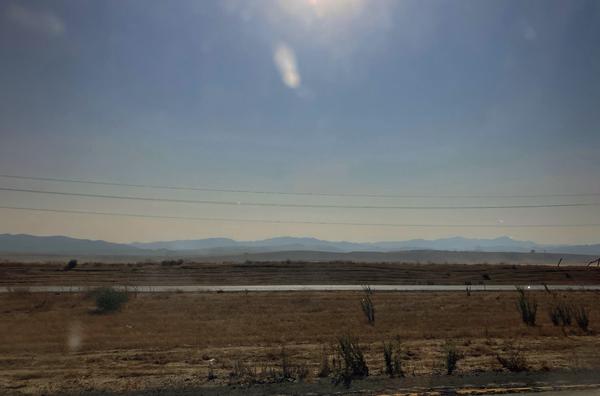

I am an award-winning journalist, communicator and newsroom leader with a specialty in science and environmental reporting. I love the craft of audio journalism and podcasting, and have a knack for using multimedia, social platforms, and data driven tools to connect with people.
Below, you will find some of my best reporting, writing, and production. My work has been featured on NPR, Marketplace, KQED, Science News, the San Jose Mercury News, and more.

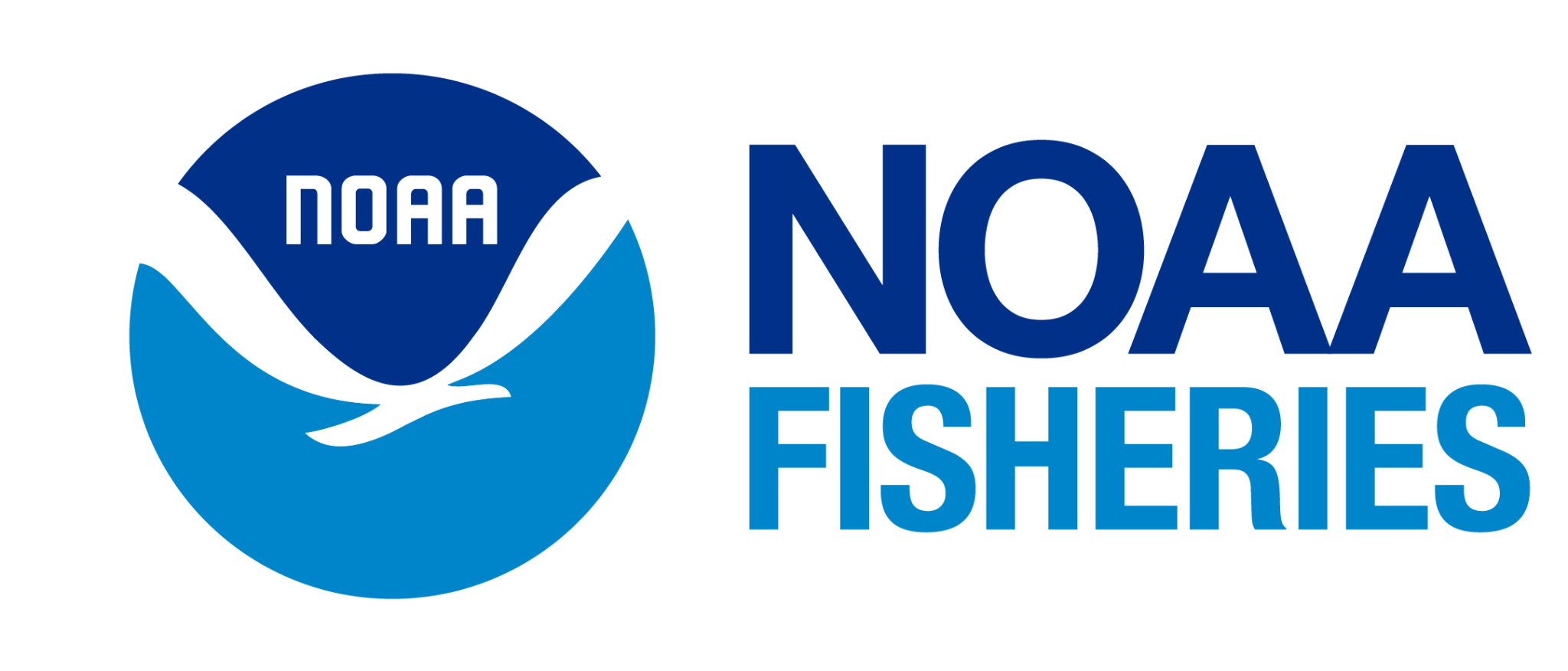
In August 2024, I became NOAA Fisheries' first Communications Specialist focused on Pacific salmon. I created a robust communications strategy that spanned dozens of projects across the West Coast, and included written features, data visualizations, events, social media, video and audio products.
My position was eliminated early in the Trump administration, and much of my work was left unpublished after the election. Below, I include one such unpublished article, as well as news coverage of my termination, which occurred alongside the firings of more than 24,000 other federal workers.


I was the news director at KAZU News, the NPR-affiliate serving the Monterey Bay region of California. I rebuilt the station's newsroom and bolstered its news coverage during several leadership transitions. My team's reporting earned numerous national and regional awards, including a national Edward R. Murrow award for Continuing Coverage for our breathless coverage of the Pajaro flood in 2023. One of my own stories also earned a national Murrow for Writing.
I have produced stories for NPR, Marketplace, and KQED's California Report.

Below is a chronology of work I produced as a freelancer, intern and student, with my favorite work featured at the top.

As a science writer for Princeton University's Office of the Dean for Research in 2020, I wrote long-form magazine features, including the cover story, for Discovery: Research at Princeton Magazine, as well as press releases with the comms team.

After a wildfire burned parts of Point Reyes National Seashore and threatened homes in the surrounding community, the park hired me to create a communications strategy that would explain the science of wildfires to the park's visitors and neighbors. The new podcast series I created, called "The Natural Laboratory," was focused on the park's complex relationship with wildfire. I painstakingly crafted each episode, from the music to the reporting, writing and editing. The park plans to continue the series with interpretive staff and future science interns.
Links below will direct you to the Apple Podcast page for each episode.

In the first months of the global pandemic, when California began sheltering in place, I produced a podcast series called Santa Cruz Local Answers. In each of its five episodes, I leveraged my science journalism background to answer listener-submitted questions related to COVID-19. The series received thousands of listens.
I also contributed to Santa Cruz Local as a freelancer covering local news.

In the winter of 2020, I interned at the San Jose Mercury News.
I present my work here in PDF format. Links to the original work can be found in the PDF.

Below are examples of my early class and internship work while attending the UC Santa Cruz Science Communication Program. The list includes a variety of publications, representing the diverse science communication training provided by the program. Also included are pieces I wrote during my internship with the Monterey County Weekly.

